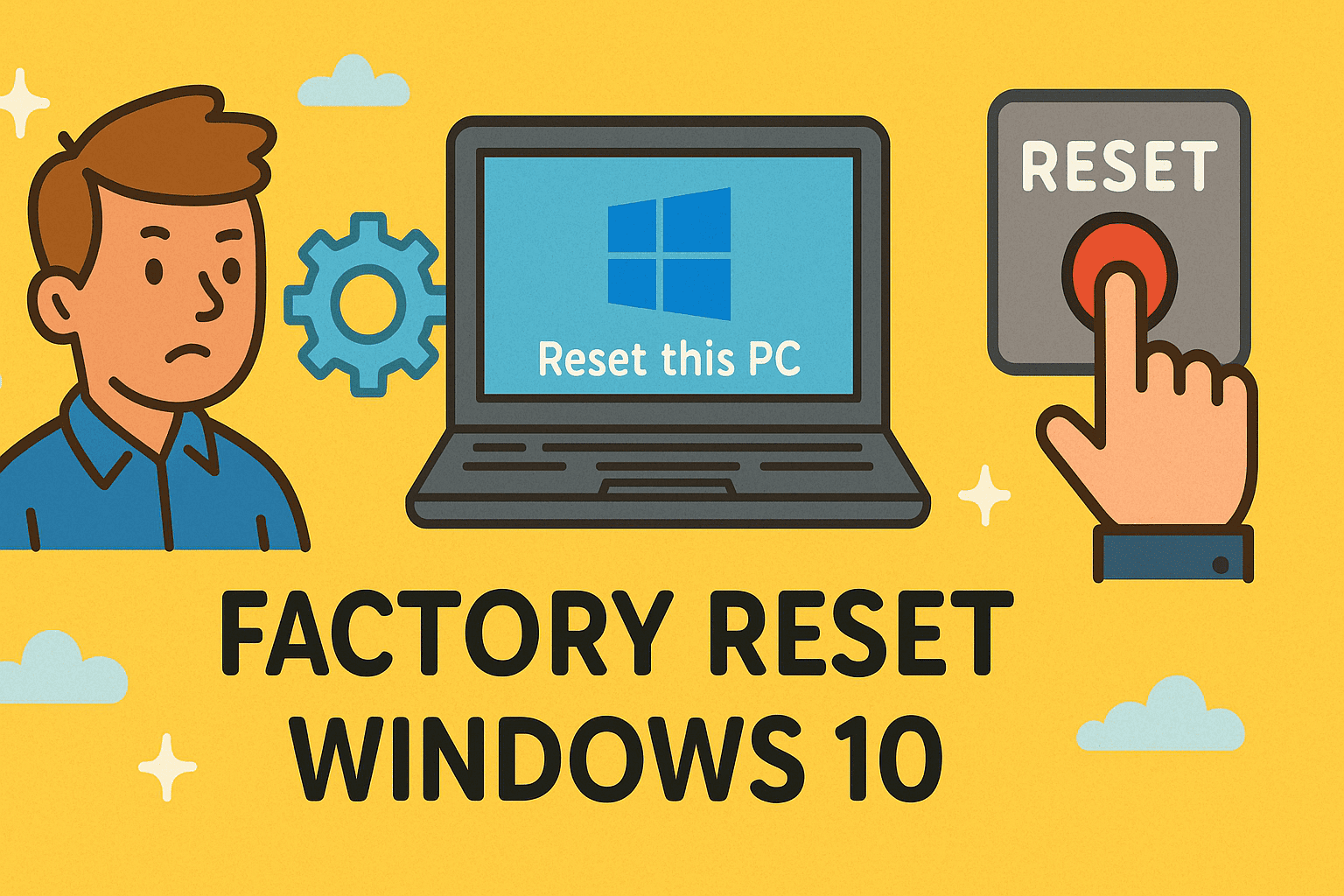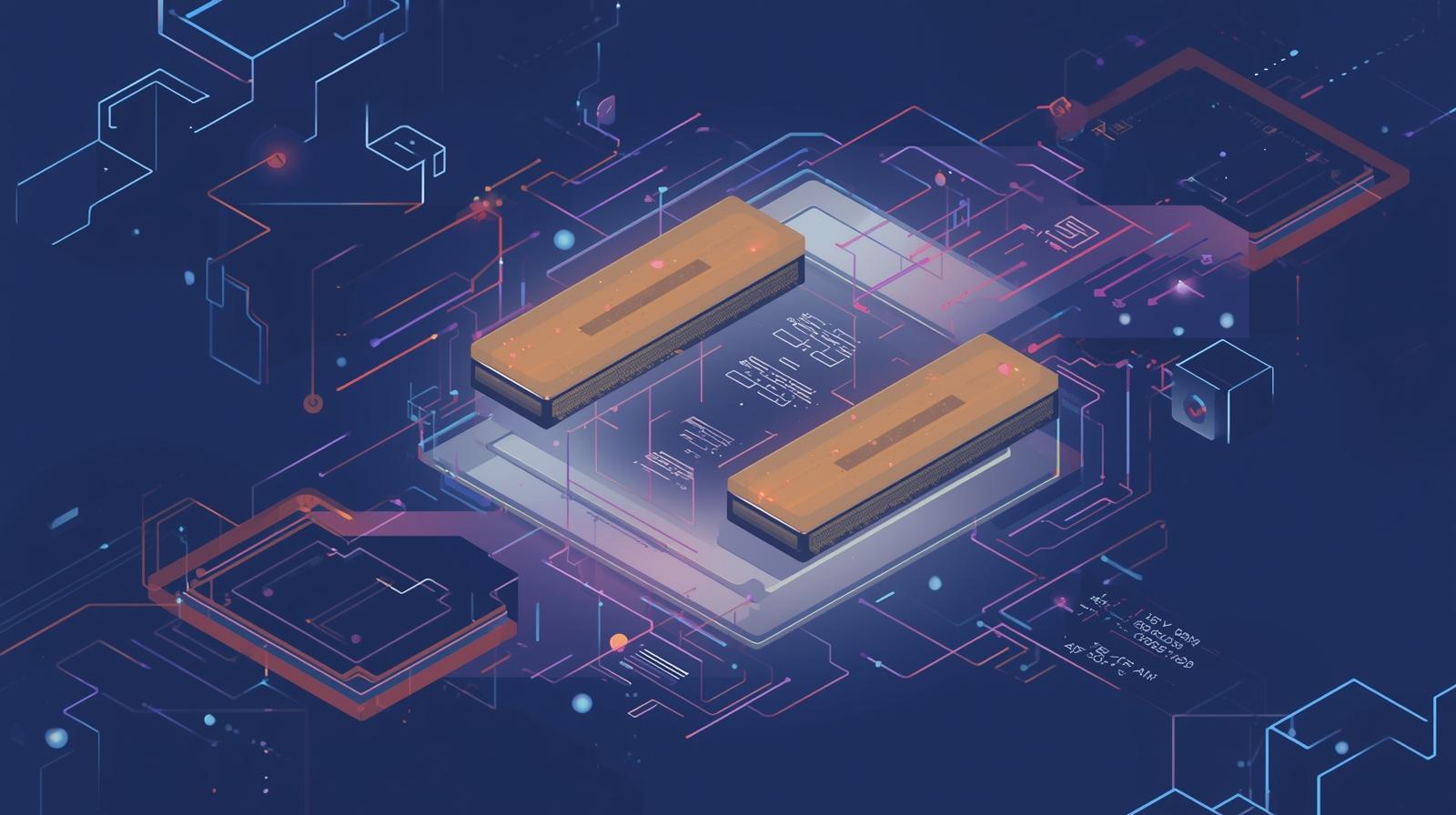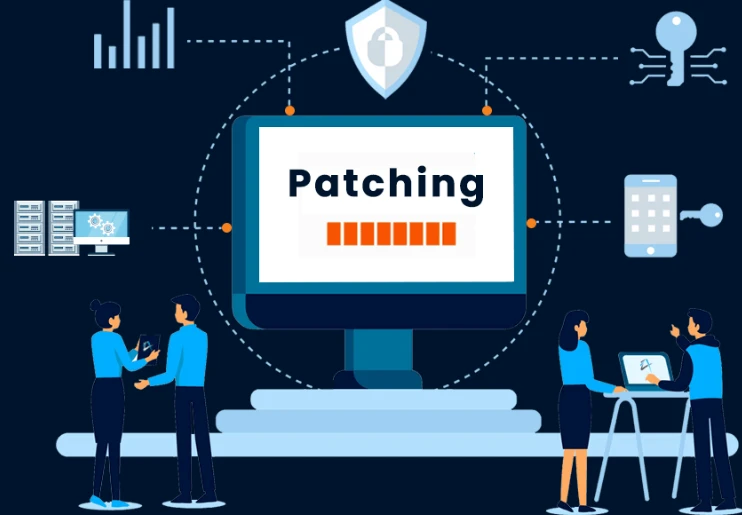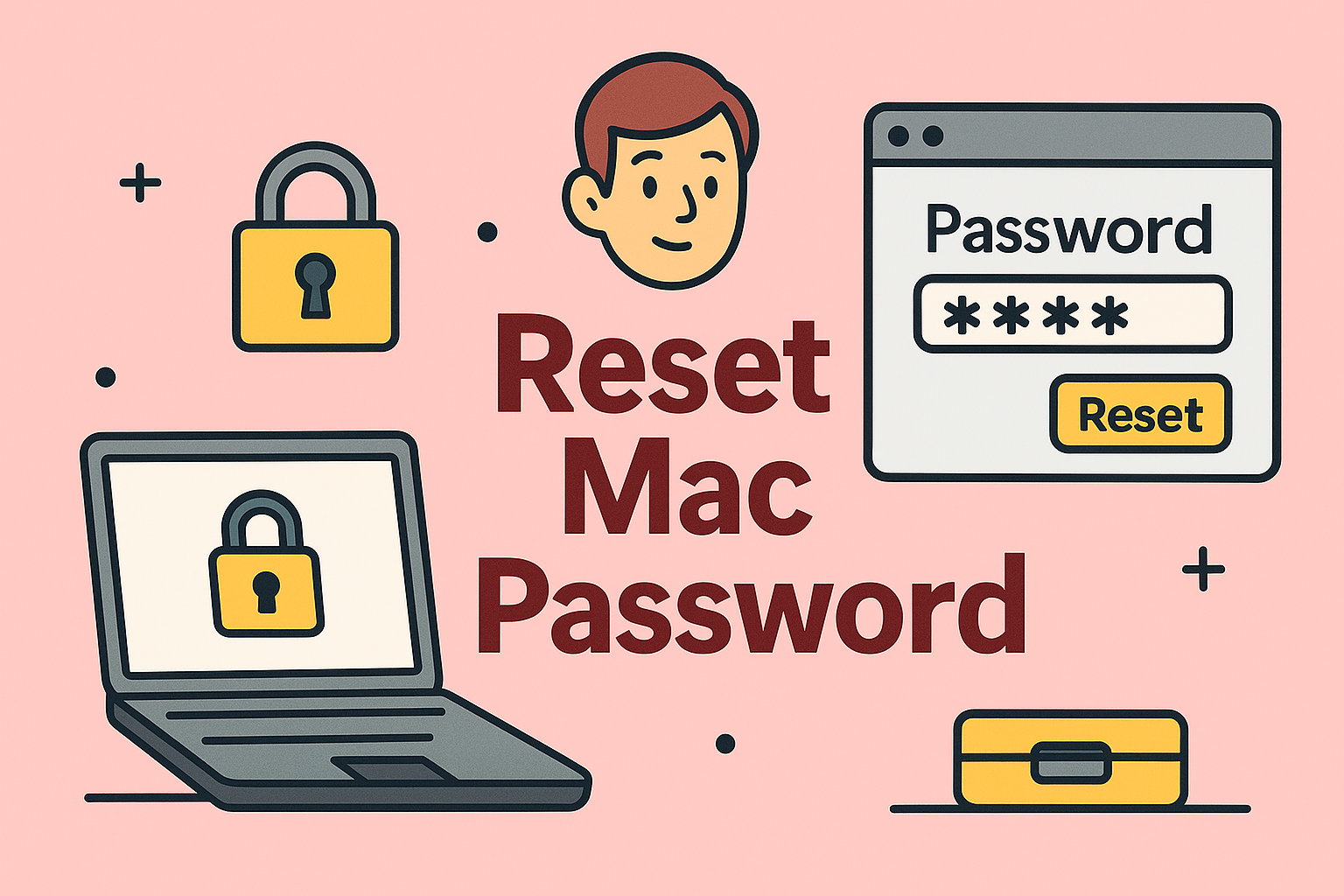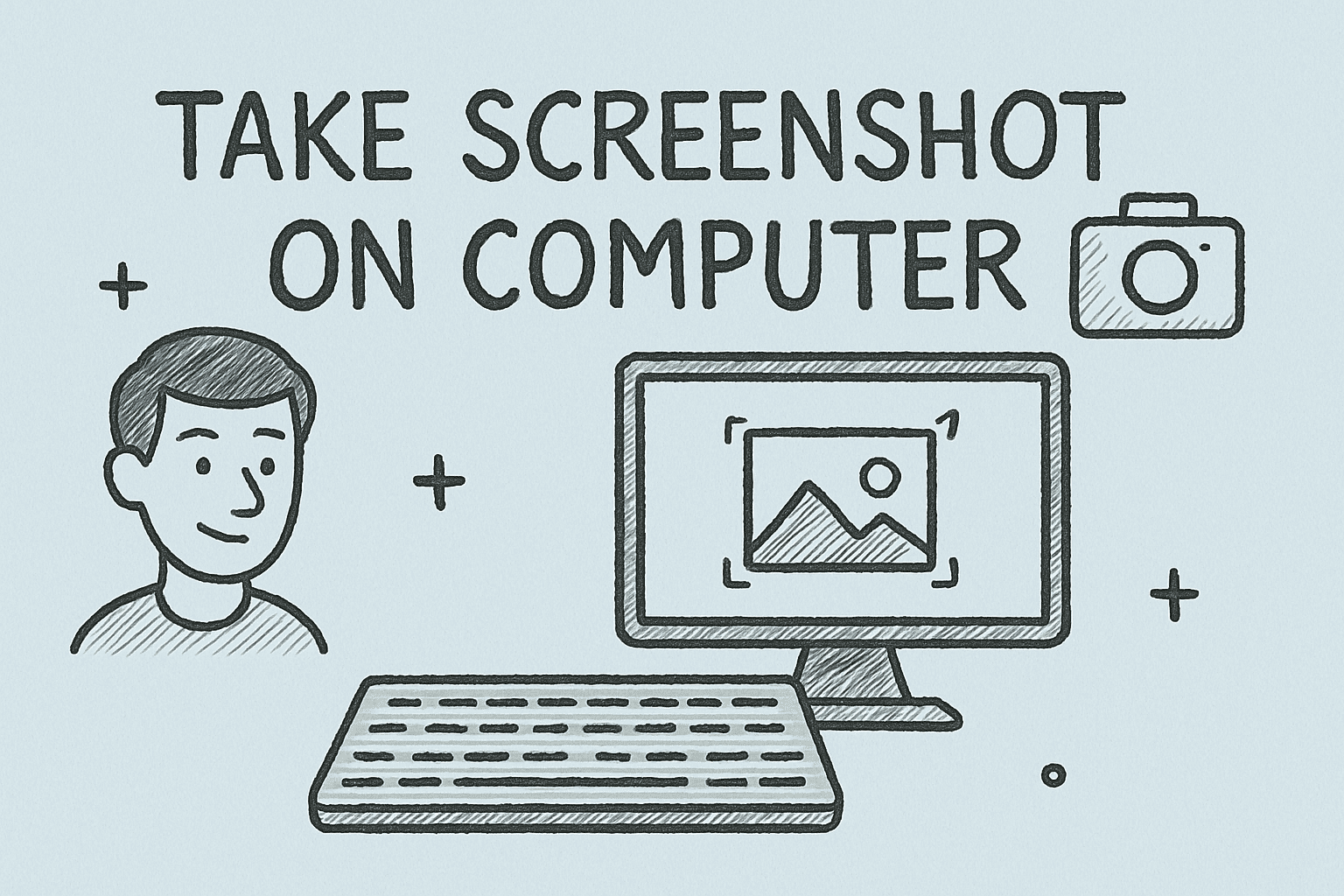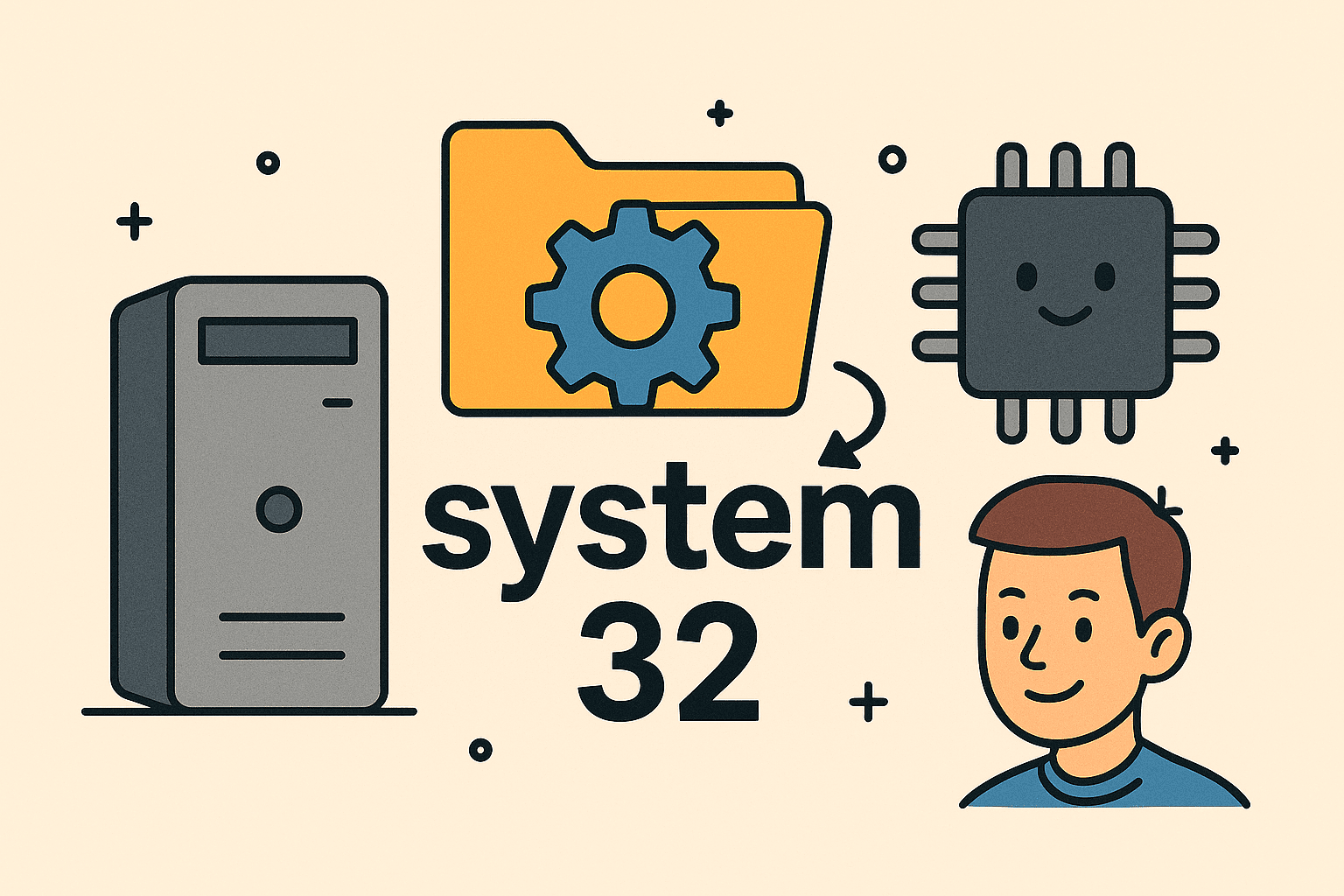Booting to BIOS: Access Setup on Any PC or Laptop
Updated on June 19, 2025, by ITarian
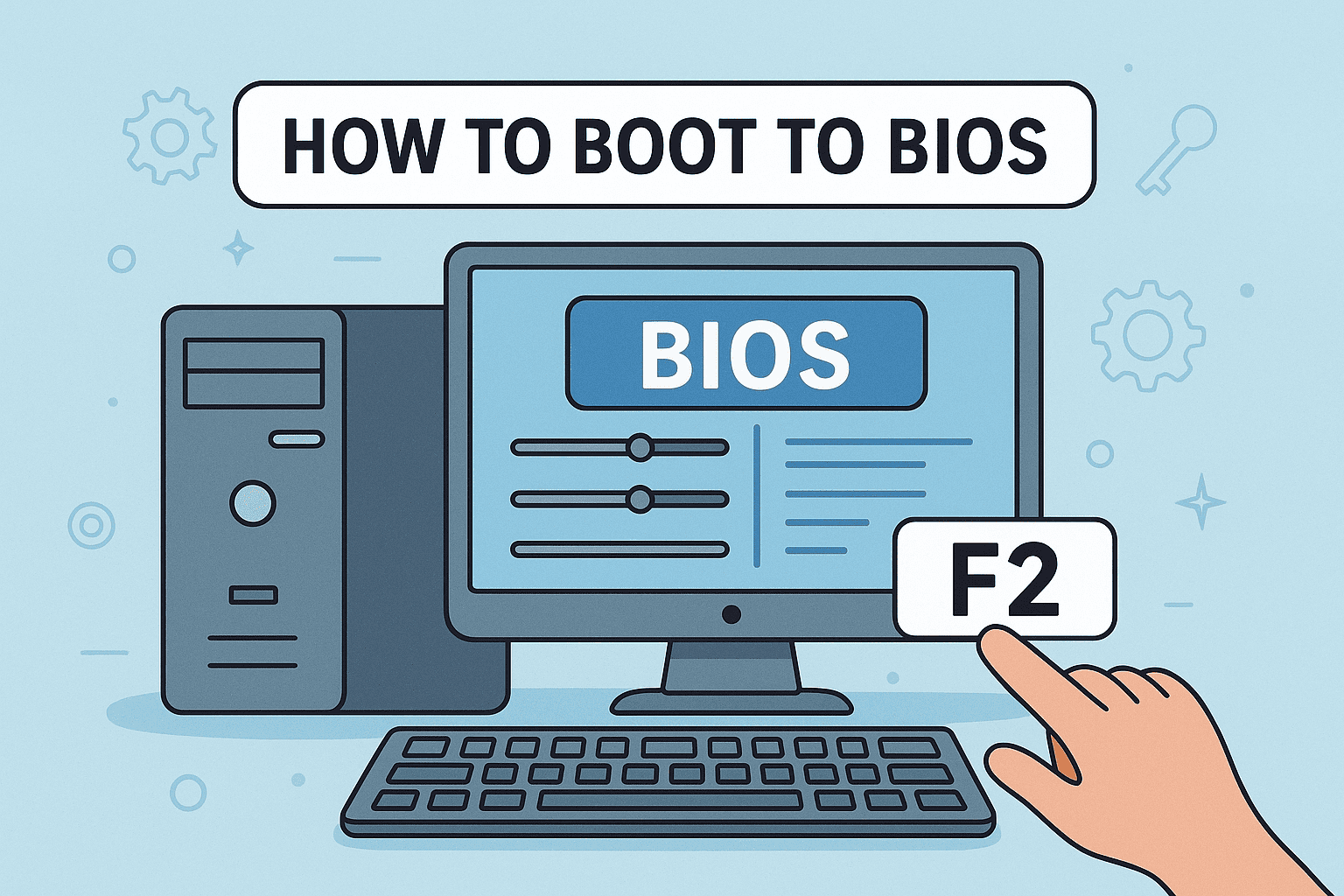
Ever needed to change your boot order, enable virtualization, or troubleshoot hardware? Knowing how to boot to BIOS is essential. Whether you’re a cybersecurity expert, IT manager, or business owner, accessing BIOS or UEFI firmware is your entry point to configuring and controlling system-level settings.
This guide walks you through multiple methods of entering the BIOS setup, no matter your device brand or operating system.
What Is BIOS and Why Access It?
BIOS (Basic Input/Output System) is firmware embedded on your motherboard. It initializes hardware, checks for component functionality, and loads the OS. Modern systems use UEFI firmware, which offers better security and a graphical interface.
Common BIOS Tasks:
- Change boot sequence (USB, SSD, DVD)
- Enable/disable virtualization (Hyper-V, VMware)
- Configure RAM, CPU, and fan settings
- Secure boot toggling
- Password protection and TPM settings
How to Boot to BIOS on Windows (10 & 11)
There are multiple ways to access BIOS on Windows PCs:
Method 1: From Windows Settings
- Click Start > Settings > System > Recovery
- Under Advanced startup, click Restart now
- Choose Troubleshoot > Advanced options > UEFI Firmware Settings
- Click Restart to enter BIOS
Method 2: Use the Boot Menu Key
- Shut down your computer
- Turn it back on and repeatedly press the boot menu key (varies by manufacturer)
Common Boot Menu Keys by Brand
| Brand | Boot Menu Key | BIOS/UEFI Key |
| Dell | F12 | F2 |
| HP | Esc or F9 | F10 |
| Lenovo | F12 | F1 or Fn+F2 |
| Acer | F12 | Del or F2 |
| ASUS | Esc | Del or F2 |
| Toshiba | F12 | F2 |
| Microsoft Surface | Hold Volume Up | Power Button |
How to Boot to BIOS on macOS (Intel & M1/M2 Macs)
macOS doesn’t use BIOS, but here’s how to access similar low-level tools:
Intel Macs:
- Turn off the Mac
- Press Power + Command + R to enter Recovery Mode
- Use Startup Disk Utility or Terminal to manage settings
Apple Silicon Macs (M1, M2):
- Shut down the device
- Press and hold the Power button until “Loading Startup Options” appears
- Click Options > Continue for system utilities
UEFI Firmware vs Traditional BIOS
| Feature | BIOS | UEFI |
| Interface | Text-based | Graphical mouse-based |
| Storage Support | Up to 2.2TB | Over 9.4ZB |
| Boot Speed | Slower | Faster |
| Security | Basic | Secure Boot, TPM |
UEFI is the modern standard, and nearly all post-2012 PCs ship with it.
Troubleshooting BIOS Access Issues
If you can’t enter BIOS:
- Unplug peripherals (USB hubs, monitors)
- Use a wired keyboard instead of wireless
- Clear CMOS by removing the battery or using a jumper
- Check if Fast Boot is enabled, which skips the boot menu
BIOS Setup Tips for IT & Security Professionals
Once inside BIOS/UEFI:
- Enable Secure Boot for endpoint protection
- Turn on TPM 2.0 to support BitLocker & Windows 11
- Disable unused ports or hardware to reduce attack surface
- Use an admin BIOS password to prevent tampering
- Update BIOS firmware only from trusted sources
Industry Use Cases for BIOS Configuration
• Cybersecurity Teams: TPM, Secure Boot, disk encryption support
• IT Admins: Automate BIOS settings across endpoints
• Finance/Healthcare: Lock down ports, enforce device encryption
• Developers: Enable virtualization for sandboxed environments
• Education: Restrict boot devices in school labs
Final Thoughts
So, how to boot to BIOS? Whether you use a boot menu key, Windows settings, or recovery tools, knowing how to access BIOS or UEFI firmware is fundamental to system control.
With the right configuration, you can strengthen device security, improve performance, and enable enterprise-level features. Take the time to explore BIOS setup—it’s a gateway to optimizing your hardware environment.
Want to automate security across all endpoints? Start your free trial now.
FAQ: How to Boot to BIOS
1. What key do I press to boot to BIOS?
Common keys include F2, Del, F10, or Esc, depending on your computer brand.
2. What if I can’t access BIOS with a key?
Try restarting through Windows Recovery > UEFI Firmware Settings, or unplug peripherals.
3. Can I access BIOS without restarting?
No. BIOS/UEFI is only accessible before the operating system loads.
4. Is BIOS the same as UEFI?
No. UEFI is a modern version of BIOS with enhanced features and security.
5. Will I lose data by entering BIOS?
No. BIOS access doesn’t alter data unless you manually change settings.


